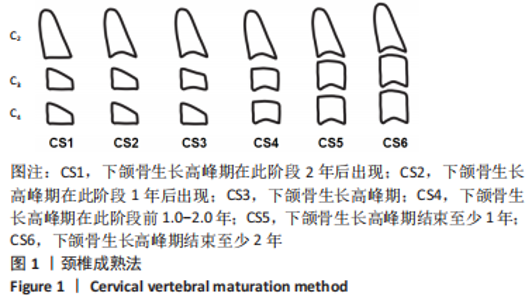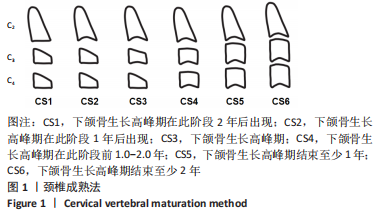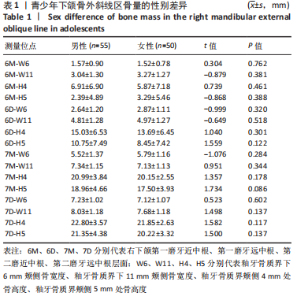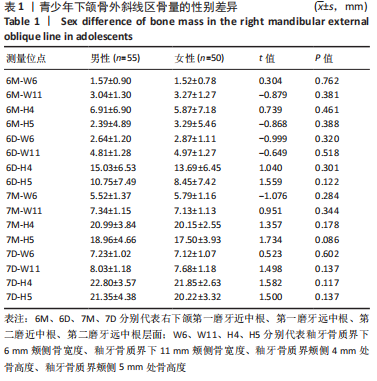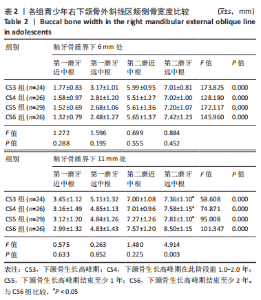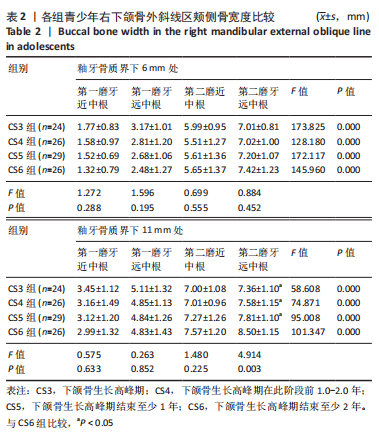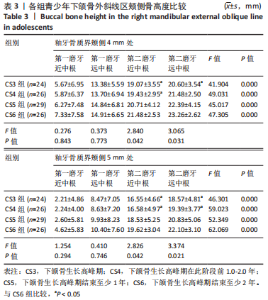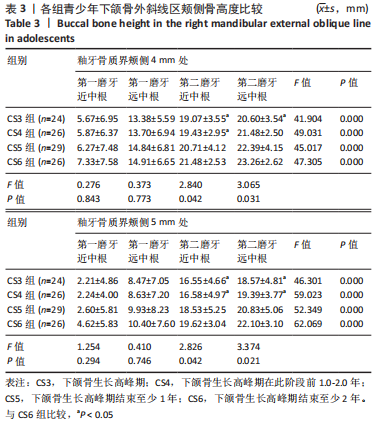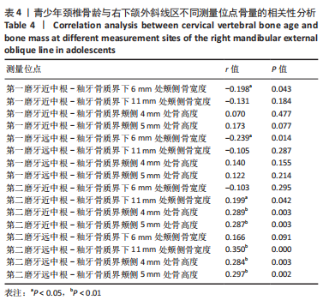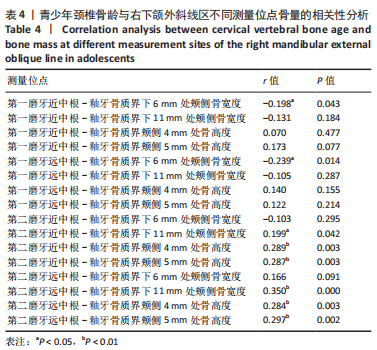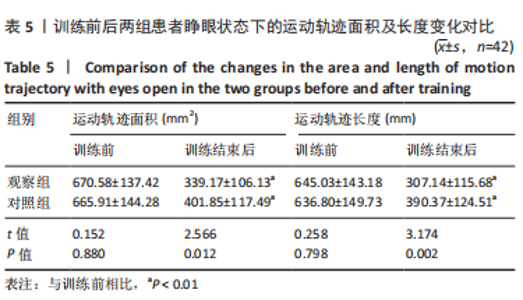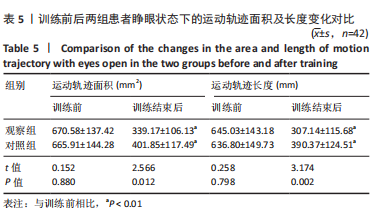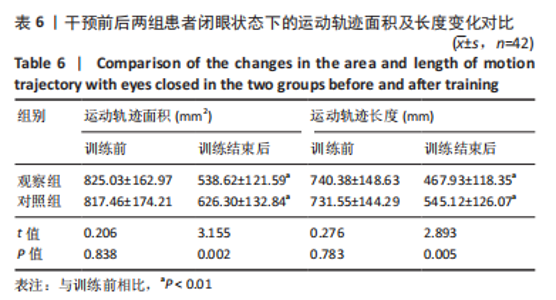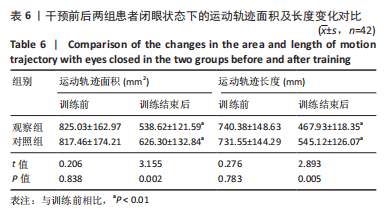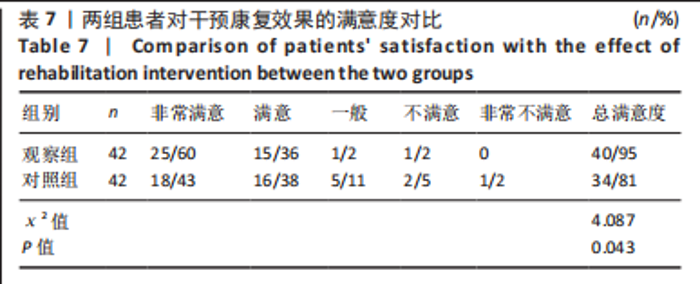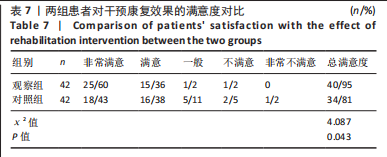[1] 张博,任世祥,林源.关节镜下重建治疗痛风性前交叉韧带损伤的临床效果[J].第二军医大学学报,2021,42(8):937-940.
[2] SHAW G, SERPELL B, BAAR K. Rehabilitation and nutrition protocols for optimising return to play from traditional ACL reconstruction in elite rugby union players: A case study. J Sports Sci. 2019;37(15):1794-1803.
[3] DAUTY M, MENU P, MESLAND O, et al. Arthrogenic muscle inhibition and return to sport after arthrofibrosis complicating anterior cruciate ligament surgery. Eur J Sport Sci. 2022;22(4):627-635.
[4] 汪杰,苏建康,张玉婷,等.危机模拟应激跑台训练系统影响膝关节前交叉韧带断裂重建术后患膝本体感觉的研究[J].中国康复医学杂志,2022,37(4):534-536.
[5] 孙凯,陈蕾,麦瑶,等.加速康复外科在前交叉韧带重建围术期的应用[J].中国组织工程研究,2021,25(11):1647-1651.
[6] ZHANG M, YOU H, ZHANG H, et al. Effects of visual feedback balance training with the Pro-kin system on walking and self-care abilities in stroke patients. Medicine (Baltimore). 2020;99(39):e22425.
[7] 蔡斌,蔡永裕.骨科术后康复[M].3版.北京:人民卫生出版社, 2017:383-399.
[8] 李明,刘玉强,高士基,等.新型自体半腱肌带状移植物重建术治疗前交叉韧带断裂的早期临床疗效[J].中华创伤杂志,2022,38(4): 332-339.
[9] 樊嵘,何智超,马传雨,等.经胫骨入路与经辅助内侧入路制备股骨隧道类等长重建前交叉韧带的疗效比较[J].中华创伤骨科杂志, 2022,24(3):267-271.
[10] 魏钰,运行,刘洋,等.WALANT技术下前交叉韧带部分损伤缝合术的疗效研究[J].中国修复重建外科杂志,2021,35(3):337-342.
[11] CHEUNG EC, DILALLO M, FEELEY BT, et al. Osteoarthritis and ACL Reconstruction-Myths and Risks. Curr Rev Musculoskelet Med. 2020; 13(1):115-122.
[12] 尹帅,刘媛媛,庞胤,等.关节镜下自体四股腘绳肌腱前交叉韧带重建术后疗效及影响因素[J].中国临床解剖学杂志,2022,40(5): 592-598.
[13] 王艳,吴珊红,戚彪,等.振动疗法结合常规康复训练对前交叉韧带重建术后膝关节本体感觉及动态稳定性的影响[J].中国康复医学杂志,2021,36(7):858-862.
[14] 季程程,杨鹏飞,张信波,等.神经肌肉训练在前交叉韧带重建术后康复中的应用进展[J].中国康复理论与实践,2020,26(8):917-922.
[15] 王卓婷,左秀芹,李圣节,等.肌内效贴布在下肢运动伤防治中的应用综述[J].解放军医学院学报,2021,42(5):584-587.
[16] 赵卫卫,邵晨兰,付鹏,等.早期减重步行训练对前交叉韧带重建术后功能恢复及骨隧道改变的影响研究[J].中国全科医学,2019, 22(29):3643-3647+3652.
[17] ZHAO W, YOU H, JIANG S, et al. Effect of Pro-kin visual feedback balance training system on gait stability in patients with cerebral small vessel disease. Medicine (Baltimore). 2019;98(7):e14503.
[18] 何建华,杨振,万绍文,等.低频重复经颅磁刺激联合平衡仪训练对脑卒中患者平衡功能的影响[J].中国康复,2021,36(11):657-660.
[19] MEINERS KM, LOUDON JK. Dynamic and Static Assessment of Single-Leg Postural Control in Female Soccer Players. J Sport Rehabil. 2020; 29(2):174-178.
[20] 焦爱菊,赵玮婧,文淑梅,等.Pro-kin视觉反馈平衡训练对脑卒中患者平衡与步态的影响[J].中国康复,2022,37(10):579-583.
[21] 施明,潘文平,曾明,等.虚拟现实平衡训练对前交叉韧带重建术后膝关节本体感觉的效果[J].中国康复理论与实践,2020,26(12): 1458-1463.
[22] 刘凯,徐志鹏,王强.前交叉韧带断裂患者本体感觉和脑灰质体积变化的研究[J].中华物理医学与康复杂志,2020,42(4):339-343.
[23] 郭莉娟,郑诺莹,宋朝晖.Pro-Kin平衡训练联合芒针透刺督脉组穴对脑卒中后偏瘫患者运动功能及跌倒风险的影响[J].海南医学, 2022,33(3):284-287.
[24] 张敏,张红霞,李永平,等.视觉反馈平衡训练对脑白质病患者平衡功能及跌倒风险的影响[J].中国医药导报,2021,18(5):65-68.
[25] 王玥,薄琳,王乾贝,等.基于计算机反馈的Pro-kin训练系统对脑卒中后抑郁患者脑网络及脑内递质的影响[J].中国实用神经疾病杂志,2021,24(11):928-934.
[26] 迪晓霞,李鑫铭,翟月萍.平衡仪训练对脑卒中患者平衡功能及跌倒风险的影响[J].中国康复,2017,32(3):196-198.
[27] 黄礼群,王晓红,徐丹,等.Pro-kin平衡系统对前交叉韧带重建术后患膝本体感觉和平衡功能的影响[J].中华物理医学与康复杂志, 2022,44(8):739-742.
|
